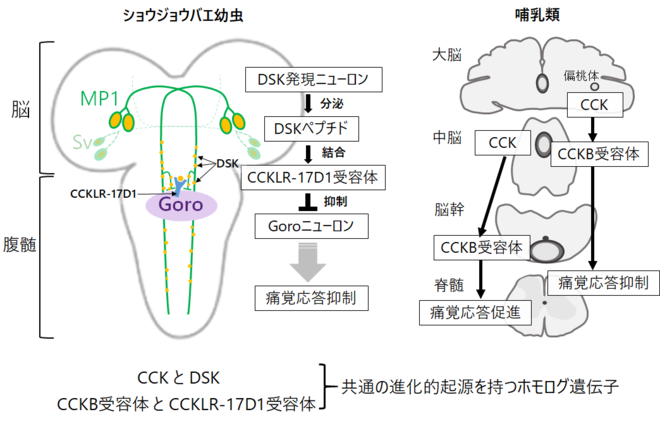2023-07-05 ノースウェスタン大学
◆この柔軟性のあるデバイスは、心臓の特定の領域に配置され、リアルタイムで情報を医師に送信します。さらに、デバイスは透明性が高く、心臓の特定の領域を観察することができます。そして、デバイスが不要になった後は体内で無害に溶解するため、摘出する必要がありません。この研究は、心臓病の合併症を予防するための画期的な解決策として期待されています。
<関連情報>
- https://news.northwestern.edu/stories/2023/07/dissolving-cardiac-device-monitors-treats-heart-disease/
- https://www.science.org/doi/10.1126/sciadv.adi0757
心臓生理学のマルチモーダル時空間マッピングと変調のための軟質生体吸収性透明微小電極アレイ Soft, bioresorbable, transparent microelectrode arrays for multimodal spatiotemporal mapping and modulation of cardiac physiology
Zhiyuan Chen,Zexu Lin,Sofian N. Obaid,Eric Rytkin,Sharon A. George,Christopher Bach,Micah Madrid,Miya Liu,Jessica LaPiano,Amy Fehr,Xinyu Shi,Nathaniel Quirion,Benjamin Russo,Helen Knight ,Anthony Aduwari,Igor R. Efimov, and Luyao Lu
Science Advances Published:5 Jul 2023
DOI:https://doi.org/10.1126/sciadv.adi0757

Abstract
Transparent microelectrode arrays (MEAs) that allow multimodal investigation of the spatiotemporal cardiac characteristics are important in studying and treating heart disease. Existing implantable devices, however, are designed to support chronic operational lifetimes and require surgical extraction when they malfunction or are no longer needed. Meanwhile, bioresorbable systems that can self-eliminate after performing temporary functions are increasingly attractive because they avoid the costs/risks of surgical extraction. We report the design, fabrication, characterization, and validation of a soft, fully bioresorbable, and transparent MEA platform for bidirectional cardiac interfacing over a clinically relevant period. The MEA provides multiparametric electrical/optical mapping of cardiac dynamics and on-demand site-specific pacing to investigate and treat cardiac dysfunctions in rat and human heart models. The bioresorption dynamics and biocompatibility are investigated. The device designs serve as the basis for bioresorbable cardiac technologies for potential postsurgical monitoring and treating temporary patient pathological conditions in certain clinical scenarios, such as myocardial infarction, ischemia, and transcatheter aortic valve replacement.


